- Write by:
-
Tuesday, August 4, 2020 - 9:17:45 PM
-
571 Visit
-
Print
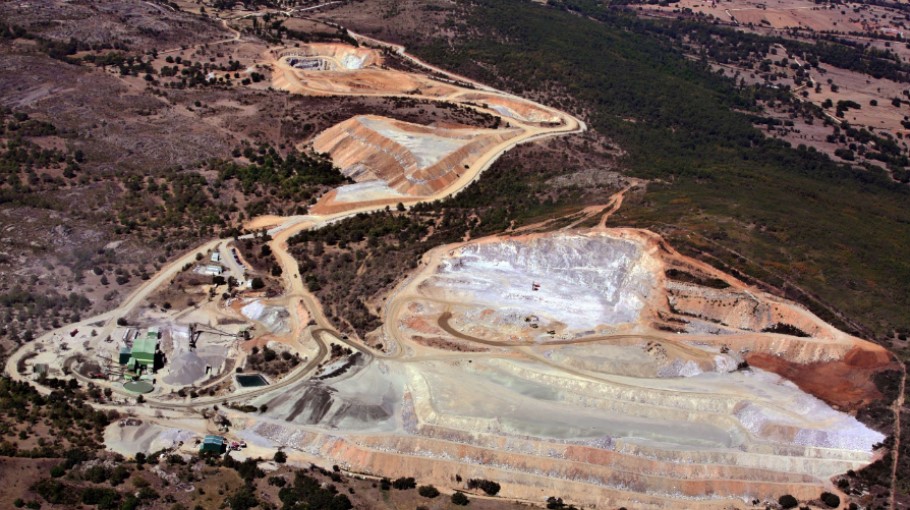
Mining News Pro - The global tungsten industry has yet to achieve success in expanding a supply chain outside China’s dominant resource base, but new raw material sources could change the picture.
Tungsten is on the US government’s list of minerals considered critical to its economic and national security.
The mineral is primarily used to make wear-resistant metals and the aerospace and automotive industries rely on tungsten alloys. The Tungsten market worldwide is projected to reach over 78.4 thousand metric tons by the year 2025.
Most of the world’s tungsten is extracted from mines throughout Asia, and China has long held dominance over the global tungsten supply.
Almonty Industries (TSE: AII) is a niche player in Tungsten, servicing mainly heavy industries, with operating mines in Spain, Portugal and South Korea.
Almonty processes and ships tungsten concentrate from its Los Santos mine in western Spain and Panasqueira mine in Portugal, and is working on developing its Sangdong mine in Gangwon Province, South Korea.
In Korea, Almonty is starting construction on Sangdong, which CEO Lewis Black said was formerly the world’s largest tungsten mine, after closing a €3.2 million ($3.6m) private placement in July.
“[Tungsten] is top of US strategic mineral list… with the highest risk of depletion,” Black told MINING.COM. “It’s a rare commodity to find – it doesn’t exist in many places [and is] extremely difficult to extract. It’s part art and part science, to preserve a decent recovery.”
Black pointed out that when the US-China trade dispute emerged, it reminded the industry why supply chain diversification is important.
Nearly 40% of Chinese tungsten production comes from artisanal mines in Rwanda and the DRC, and with environmental and social governance (ESG) issues topping corporate agendas – buyers want supply chain transparency.
Almonty’s mines supply the North American market via two plants – one in upstate NY and one in Pennsylvania, and supply re-exported into either Japan or the EU, then re-imported back into the US to be used in automotive, aerospace and DOD industries.
Lewis believes securing domestic supply of a mineral doesn’t necessarily ensure the best supply.
“If you don’t have a viable supply that doesn’t need to be propped up by a government forever, you have to identify the best projects in jurisdictions with which you are strongly allied with and have legal systems where contracts are enforceable,” Lewis said.
Lewis believes a viable strategy is needed to diversify the tungsten supply chain, and that domestic projects shouldn’t be funded solely because they are domestic.
“Heavy industries – they should be the ones who are incentivized to encourage diversification because they are in the best position to do it and they are most at risk,” Lewis said.
Short Link:
https://www.miningnews.ir/En/News/578839
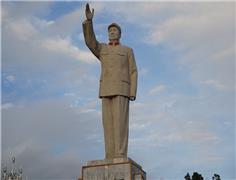
China’s state planner on Friday finalized a rule to set up a domestic coal production reserve system by 2027, aimed at ...
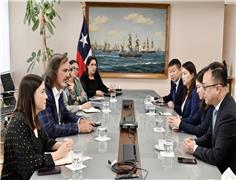
Chile’s SQM called another investors meeting at the request of its second-largest shareholder, Tianqi Lithium Corp., ...
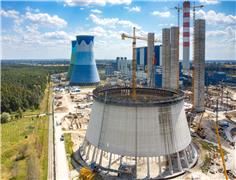
Polish government is abandoning plans to separate coal-fired power plants into a special company and is considering ...
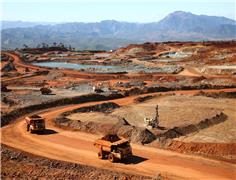
French mining group Eramet said on Wednesday it had reached an agreement with the French government to continue its ...
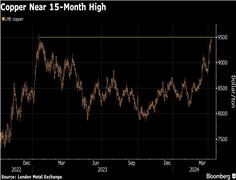
Copper traded near a 15-month high as supply concerns and brighter demand prospects triggered a slew of bullish calls on ...
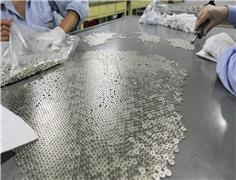
Rare earths prices in top producer China jumped to their highest in more than seven weeks on Monday on a wave of ...

A US and European Union push to reach an accord on fostering critical mineral supply chains is set to miss another ...
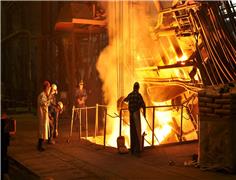
Iron ore’s reset to around $100 a ton is indicative of a broader reshaping of China’s commodities markets that favors ...
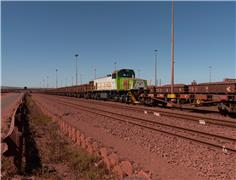
Iron ore reversed direction after dropping to its lowest level in 10 months as optimism that the country’s economic ...
No comments have been posted yet ...